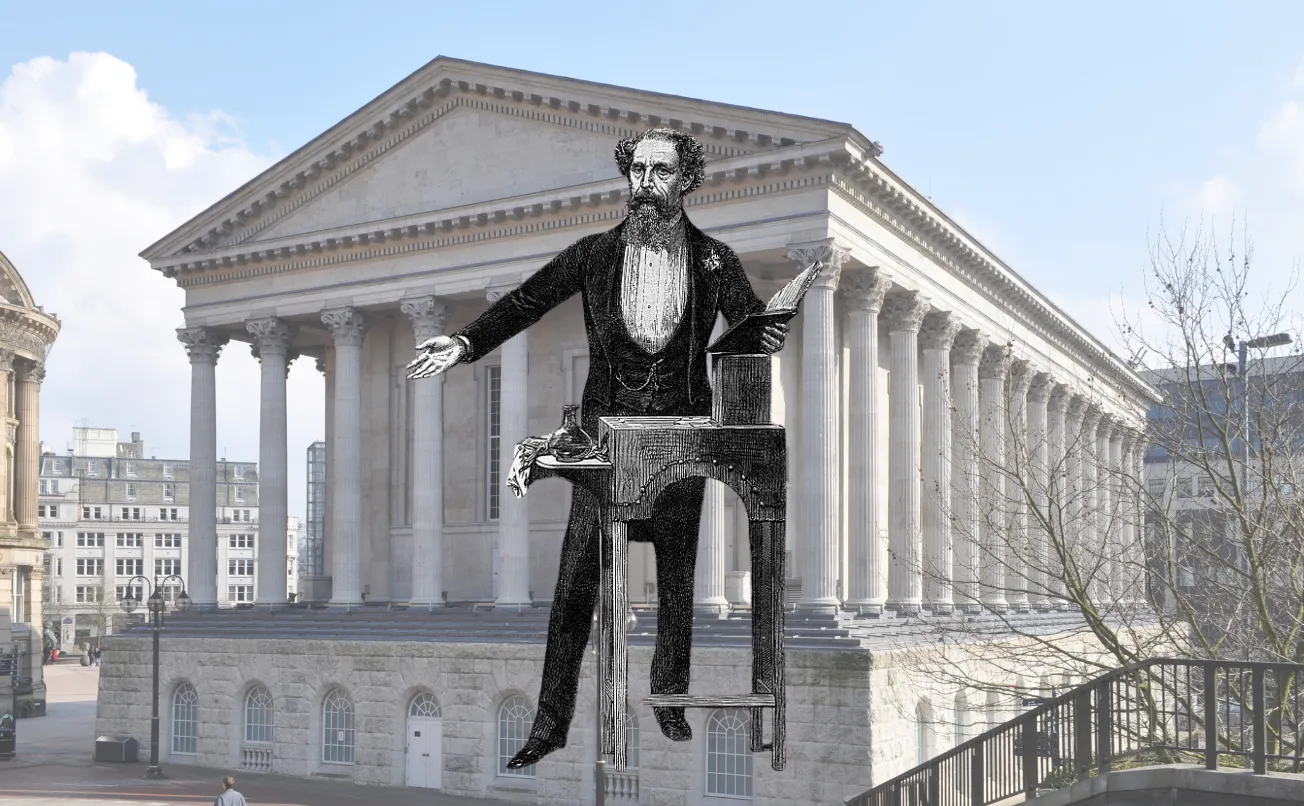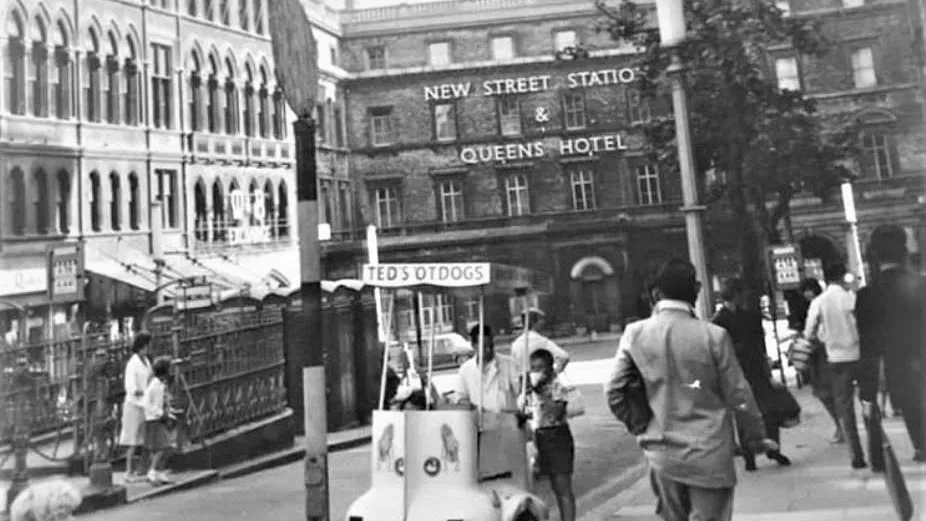Good morning — here is your Thursday Dispatch.
Today’s story begins not in Birmingham but in Milton Keynes, one of the most successful New Towns created in the 20th Century as a solution to the housing shortage. Under the new government, New Towns are back on the agenda. In July, deputy PM Angela Rayner announced Labour will embark upon the “largest housebuilding programme since the postwar period”. With our region tipped to be a home-building hotspot, a journalist with more than 20 years experience in the housing and regeneration industry considers where the Midlands-Milton Keyneses are likely to pop up. More from Dave Proudlove in today’s member’s only article.
Editor’s note: Dave’s elegant prose is partly hidden behind a paywall and you’ll need to become a Dispatch member for £8 a month to read it in full. The money we earn from your memberships goes back into the business. It pays for our reporters, editors, lawyers and for the steady stream of tea that runs our newsroom. You can also take out a free trial to see if we’re you’re cup of tea — just hit the lovely green button below.
“I was excited to hear that Birmingham was getting a new, independent newspaper and the quality and variety of articles have been fantastic.” — Dispatch member.
Brum in brief
🤼Wrestling woes: Young, female Muslim wrestlers could have their dreams of competing in the Olympics thwarted due to uniform regulations. The United World Wrestling (UWW) guidelines state that athletes must wear an arm-and-leg bearing singlet during matches. Haniyah Kousar, who coaches at Impact Fitness Academy in Birmingham, said: “Religiously, we can't show that skin.” Click here for the full story.
🚨Seized XL Bullies: Two dogs that were seized by police after they were believed to have been involved in the killing of a man in Rubery are banned breed XL Bullies, it has been revealed. The post-mortem of 33-year-old Nicholas Glass, who had been minding the dogs for his brother, showed he died from injuries that were “consistent with having been bitten by a dog”. More info here.
📽️It’s only a dream: One for the diary if you’re a fan of horror — iconic slasher Nightmare on Elm Street will screen at Millenium Point on 26 October. In celebration of the film’s 40th anniversary, Robert Englund — the actor who played the franchise’s fearsome Freddy Krueger — has recorded a new introduction. Tickets £12.
The next generation of New Towns is coming — where could they go in the West Midlands?
By Dave Proudlove
One of the sharpest social commentators of the late 1970s and early 1980s hailed from Stanley Road in Woking. From his vantage point on the southern fringes of the capital, he went on to pen songs about far-right violence, political corruption, and class struggle.
Paul Weller formed The Jam in 1972, and they went on to enjoy great success before he broke the band up a decade later. After dusting himself down, he formed The Style Council with former Dexys Midnight Runner Mick Talbot, and although the band’s sound was slicker and less edgy than The Jam’s, their message was just as fierce, with Weller using it as a vehicle to savage the free-market Conservatism of the early Thatcher years.
Though most people knew Weller’s politics, he perhaps surprised many with their 1985 single, ‘Come to Milton Keynes’. Despite being pretty au fait with his usual targets, I’m fairly sure few will have had a New Town missive on their Paul Weller Political Bingo Card.
While Milton Keynes was in Weller’s line-of-sight, it was being promoted as a serious economic opportunity and a destination for investment despite the scorn poured on the place and its ‘concrete cows.’ In some circles, Milton Keynes wasn’t popular, and has often been ridiculed as a roundabout dominated concrete jungle; comedian Bill Bailey badged it ‘Satan’s layby.’ However, despite the cheap jibes of the mainstream press, and certain comics, Milton Keynes has been a demonstrable success.

With a target population of 250,000 people across 22,000 acres, Milton Keynes was the biggest and most ambitious of the last generation of New Towns. Its designation was made in 1967. The site was located in Buckinghamshire, around 50 miles north of the capital, and it incorporated towns such as Bletchley and Wolverton, as well as 15 villages. The masterplan for Milton Keynes delivered a town based on a gridiron street pattern — almost a Los Angeles of the Home Counties — designed to achieve ease of movement by car and public transport.
Fast forward nearly 60 years, and evidence suggests that Milton Keynes is a success story. It is home to a range of national and international companies and consistently demonstrates above-average economic growth. In 2022 the Borough of Milton Keynes was granted city status, while the last census confirmed its population had passed 264,000. That doesn’t mean Milton Keynes is without its challenges. There are instances of social inequality across the city, while problems with housing inaffordability and homelessness continue to rise. And in recent times, there have been tensions around how Milton Keynes can continue to grow without eroding the original New Town vision. Overall, though, it seems the Devil done good, a place “where hope is started and dreams can be borne.”
Birmingham deserves great journalism. You can help make it happen.
You're halfway there, the rest of the story is behind this paywall. Join the Dispatch for full access to local news that matters, just £8/month.
SubscribeAlready have an account? Sign In







